Latest
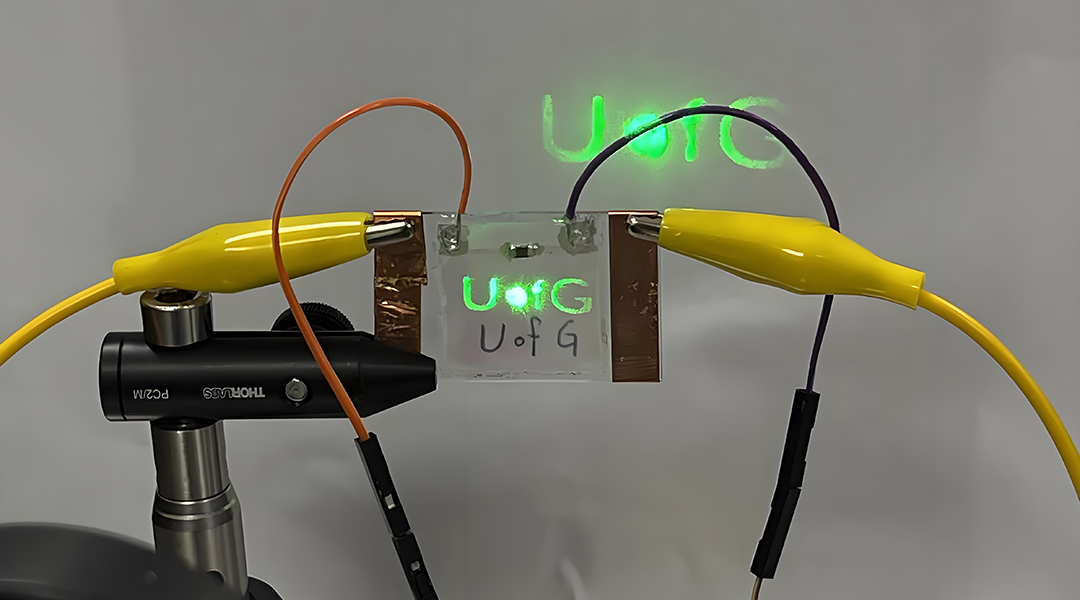
Liquid crystals bring a smoother switch between augmented and virtual reality
Temperature-sensitive materials seamlessly switch between VR and AR in headsets, paving the way for better extended reality experiences.
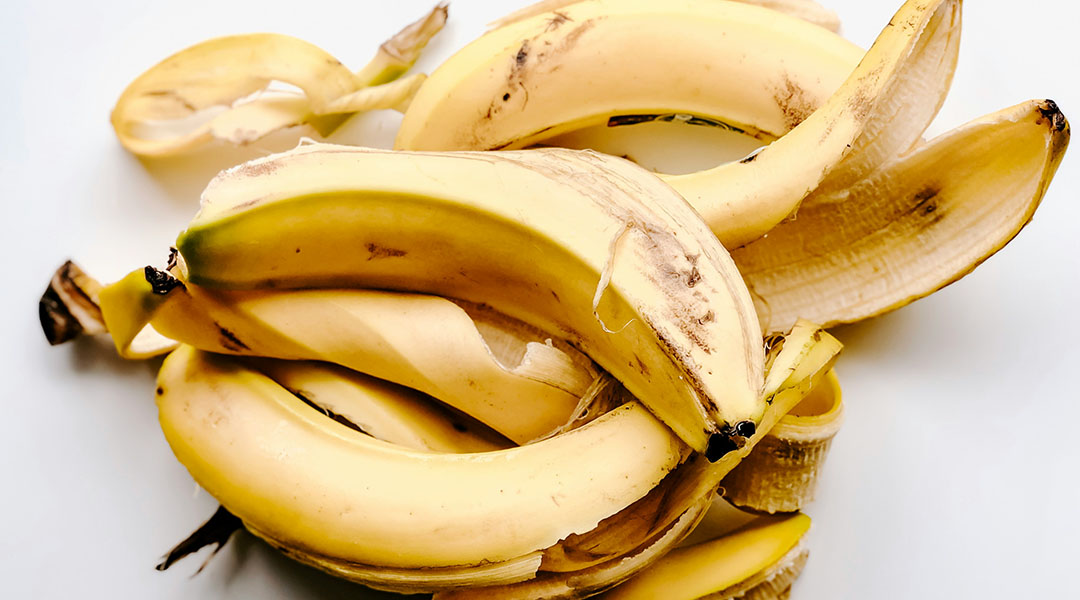
Turning banana peels and coconuts into clean energy
Researchers develop a device that generates clean energy from food waste, using banana peels and coconuts to power communities sustainably.
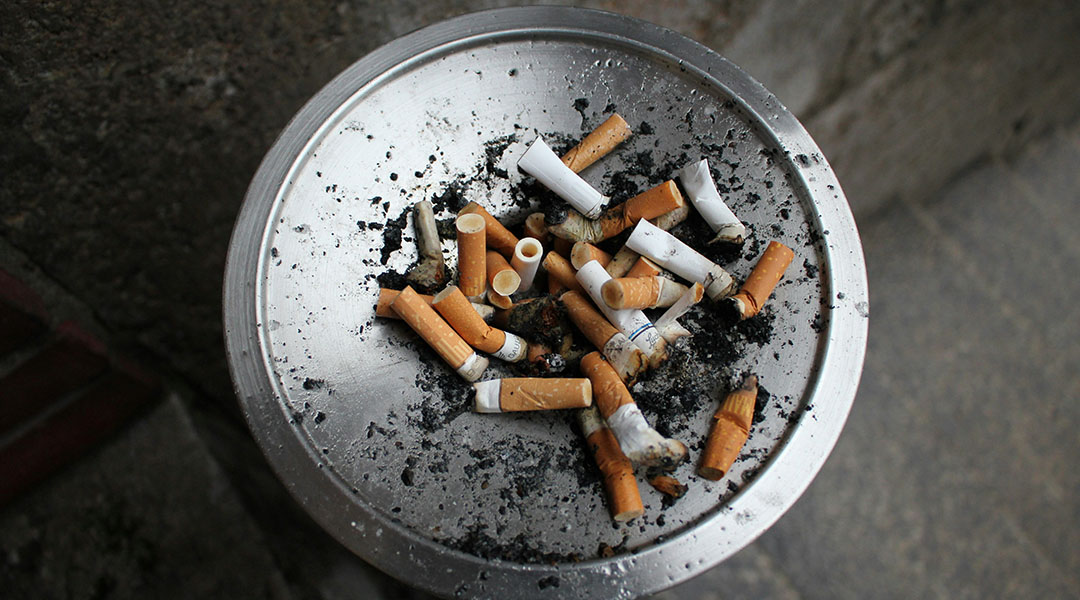
Parkinson’s drug helps alleviate nicotine withdrawal symptoms
Researchers discover that a Parkinson’s drug, procyclidine, can reduce physical nicotine withdrawal symptoms, such as tremors and immobility.

Scientists report airborne bacteria found in garbage may age our blood vessels
Pathogenic bioaerosols detected at household garbage collection sites may contribute to vascular aging with high chronic exposure.

Autonomous robot swarms come together to perform a variety of missions
Researchers have developed an optimization program to design the behavior of small e-puck robots to allow them to work in unison.
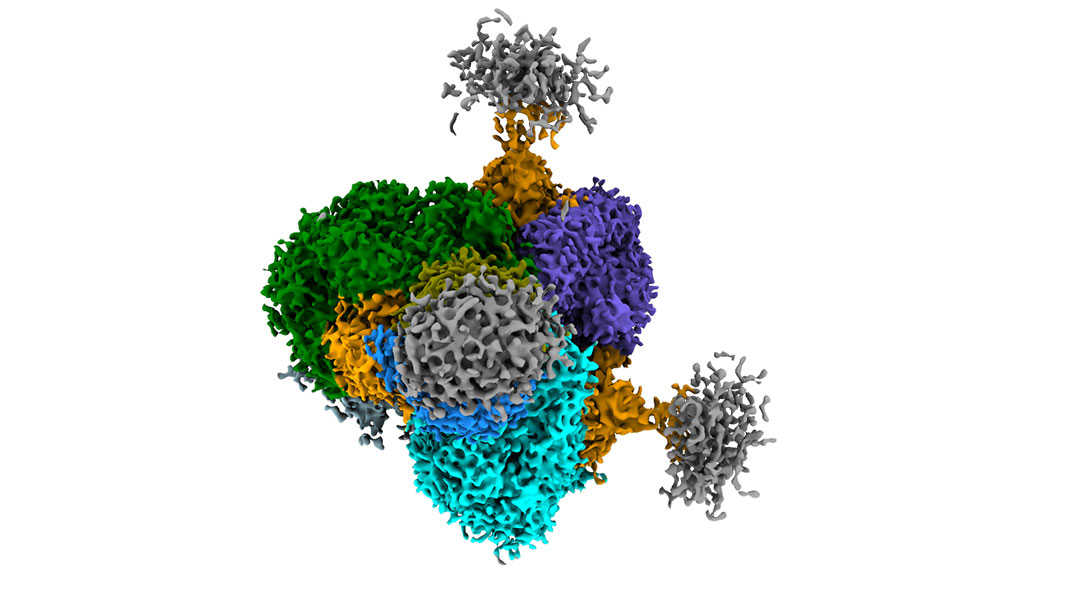
Antibodies from llamas bring scientists closer to an HIV treatment
A potent antibody therapy derived from llamas was found to broadly neutralize numerous strains of HIV-1.
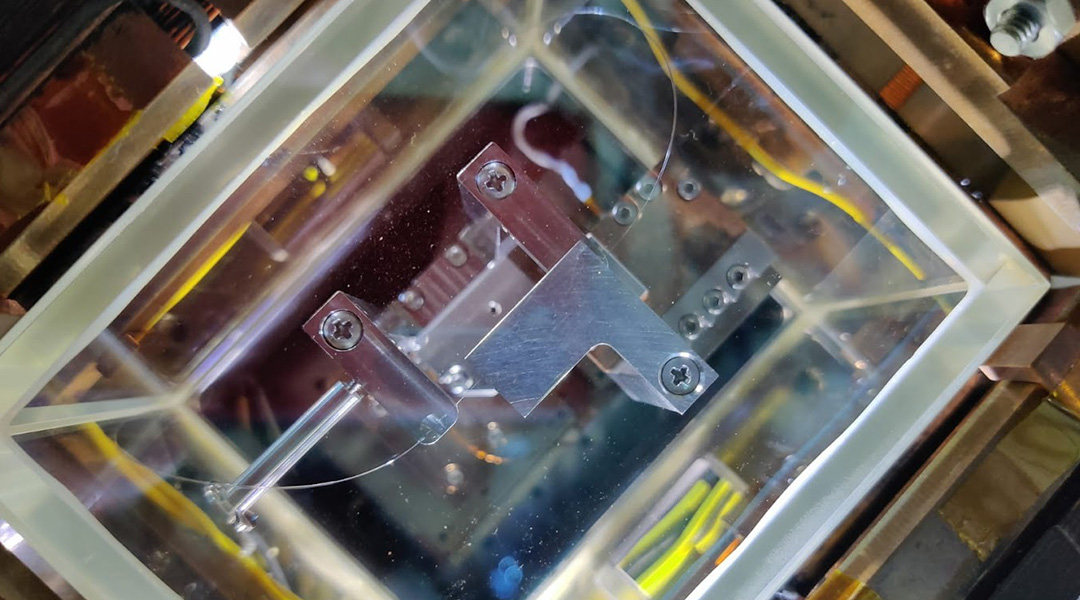
Are quantum communications truly unhackable? Study suggests otherwise
In theory, quantum communications should be impossible to hack, but study shows this may not be true in practice.
ASN Weekly
Sign up for our weekly newsletter and receive the latest science news directly to your inbox.
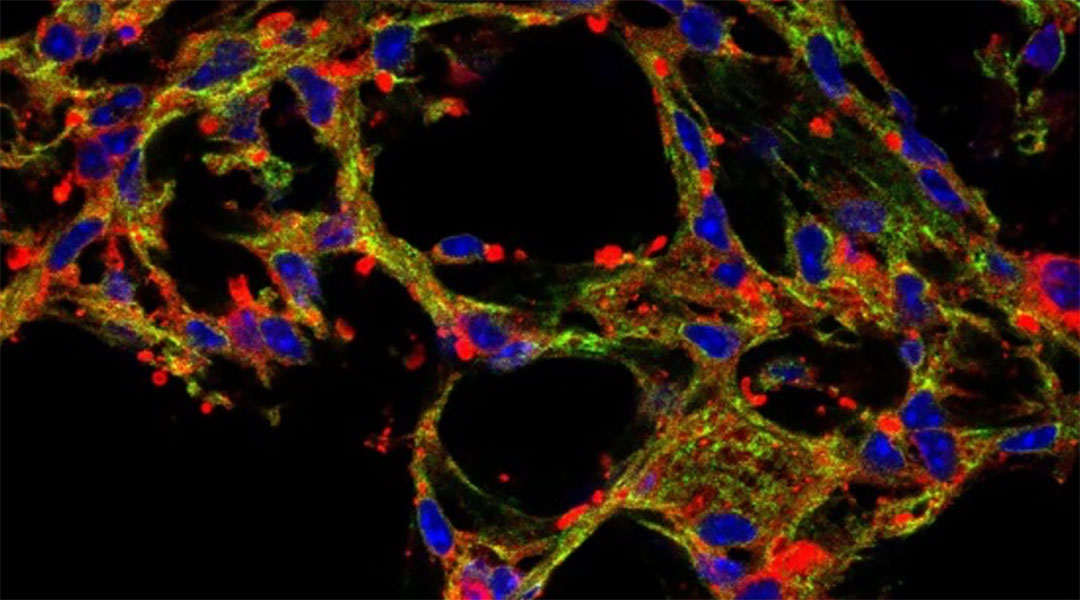
Inhaled “bubbles” help deliver drugs to the lungs
An inhaled drug carrier helps minimize side effects while delivering drugs to the lungs to treat diseases such as pulmonary fibrosis.
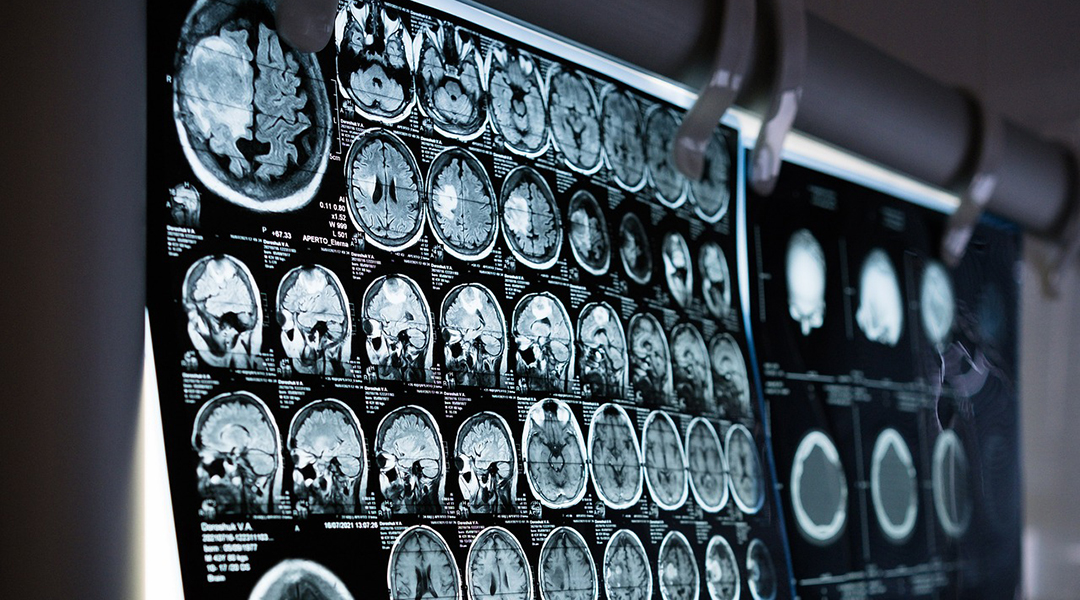
Scientists discover a new protective layer in the brain
The newly discovered layer has an almost imperceptible width, allowing it to escape the notice of older imaging and experimental techniques.
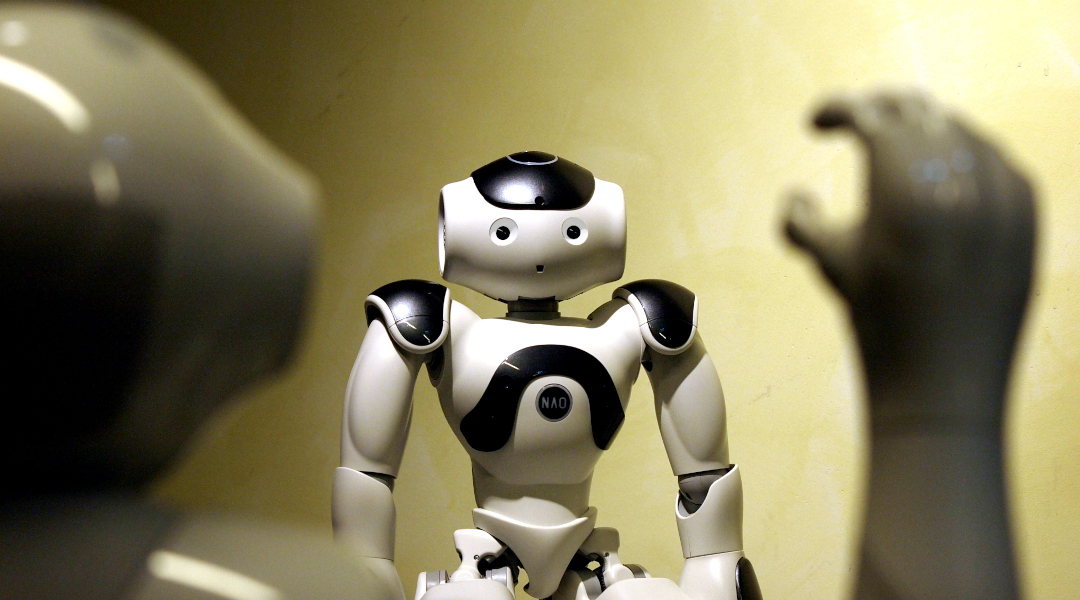
Bio-inspired robotic eyes that better estimate motion
Event cameras mimic the human eye to allow robots to navigate their environment, and a new approach helps minimize computational costs.

Entangling particles helps improve the accuracy of quantum measurements
Using 19 different quantum computers, scientists demonstrate how entangled particles break limitations in accuracy on the sub-atomic scale.

How “wavy” whiskers help seals detect faraway prey
Recreating the bead-like structure of seal whiskers grants scientists insight into new underwater technologies.
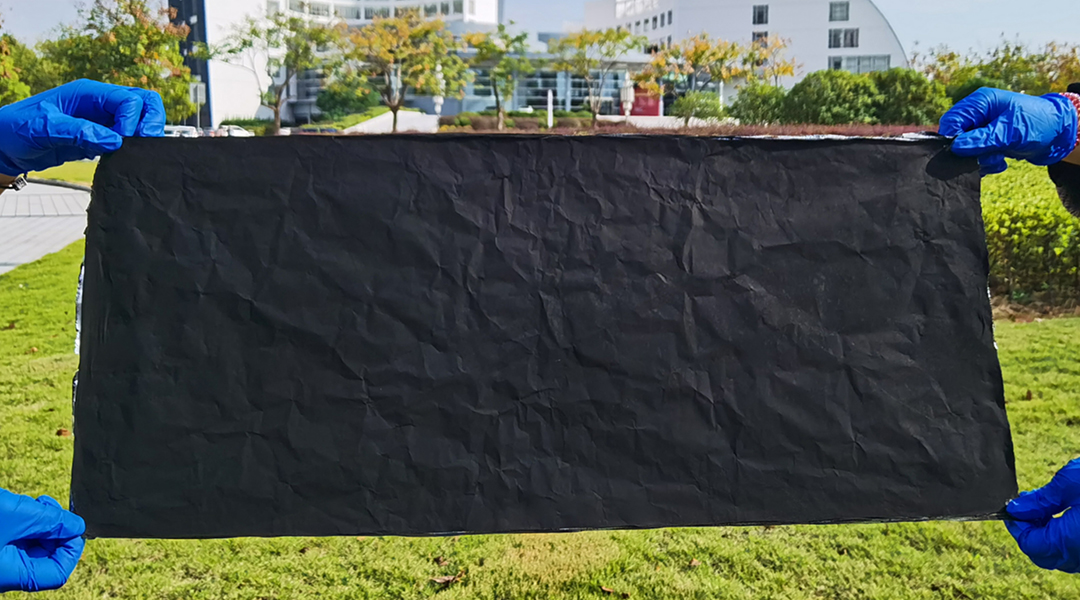
SPRABE: A stretchable, breathable, and self-adhesive electronic skin
Researchers create a multi-layered electronic skin that mimics human skin with applications ranging from robotics to telehealth.
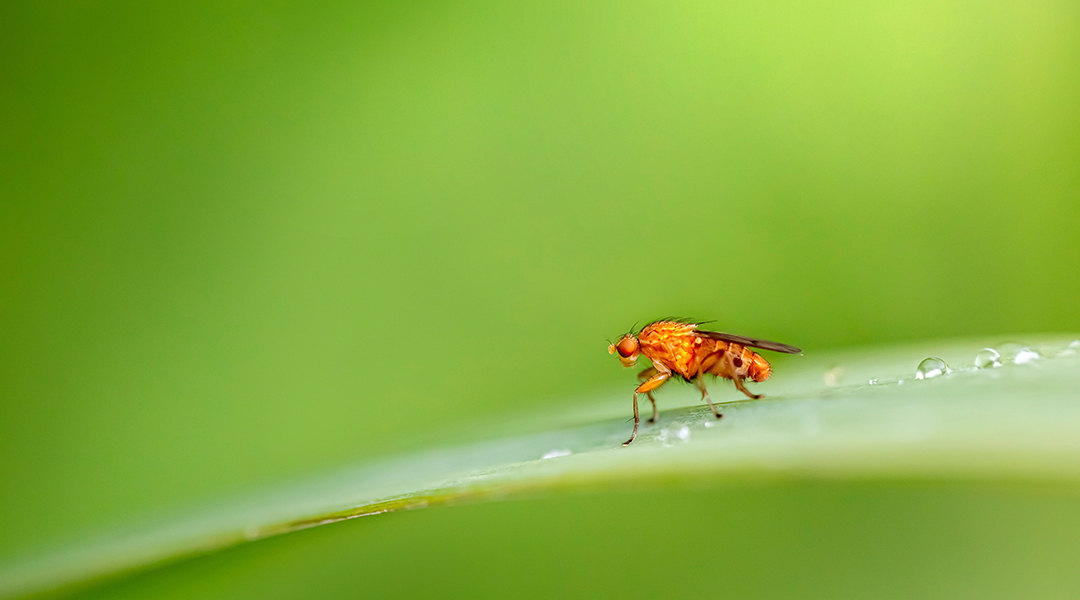
Scientists find genes for “virgin birth” in fruit flies
Very little is known about virgin births or parthenogensis in insects, but these new findings provide genetic clues that could help in pest management.
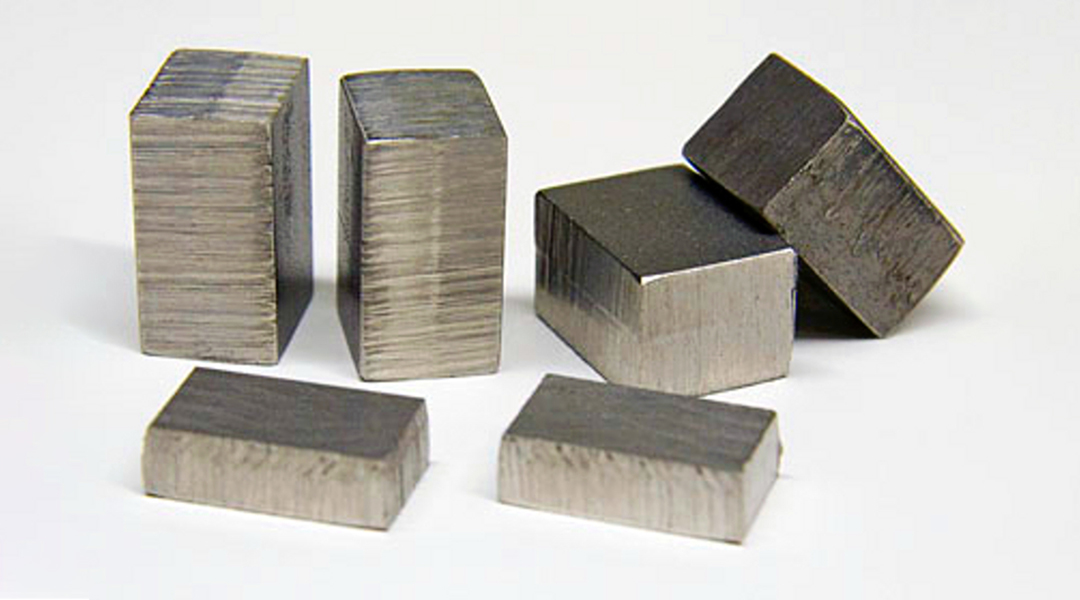
Why do some alloys not expand when heated?
With a unique experimental setup that measures magnetism and atomic vibrations, scientists finally shed light on a unique property of Invars, which don’t expand when heated.

AI is revolutionizing manual cell counting
AI is changing the labor-intensive process of manual cell counting, offering improved accuracy, efficiency, and a door into new scientific applications.
No Results Found
The page you requested could not be found. Try refining your search, or use the navigation above to locate the post.
No Results Found
The page you requested could not be found. Try refining your search, or use the navigation above to locate the post.
No Results Found
The page you requested could not be found. Try refining your search, or use the navigation above to locate the post.
No Results Found
The page you requested could not be found. Try refining your search, or use the navigation above to locate the post.
No Results Found
The page you requested could not be found. Try refining your search, or use the navigation above to locate the post.
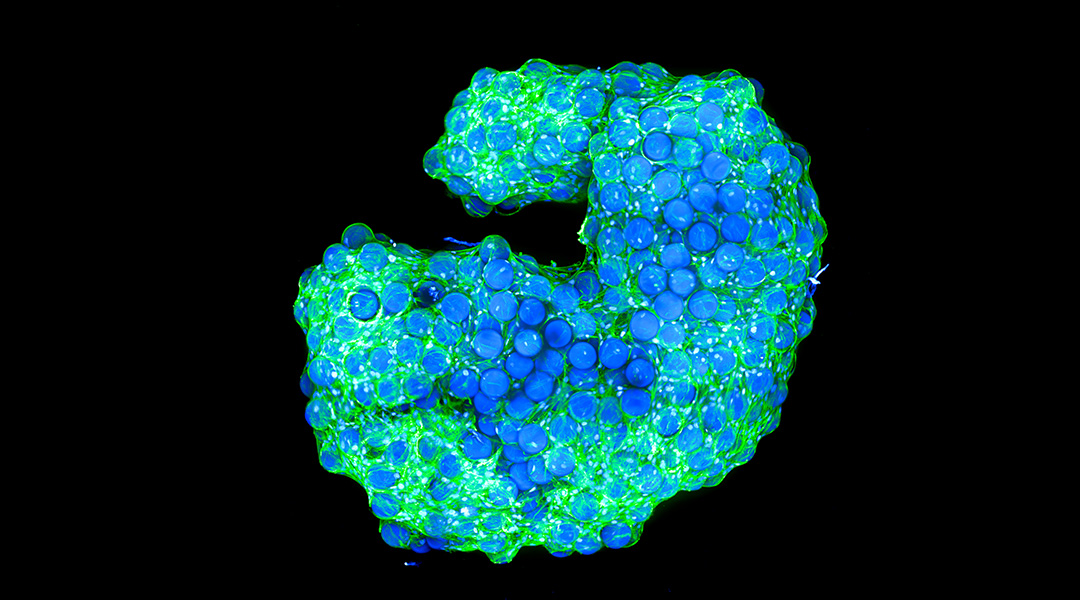
Cellular architects “build their own houses”
Scientists have created biological structures that when left alone, self-assemble into materials that resemble living tissue.
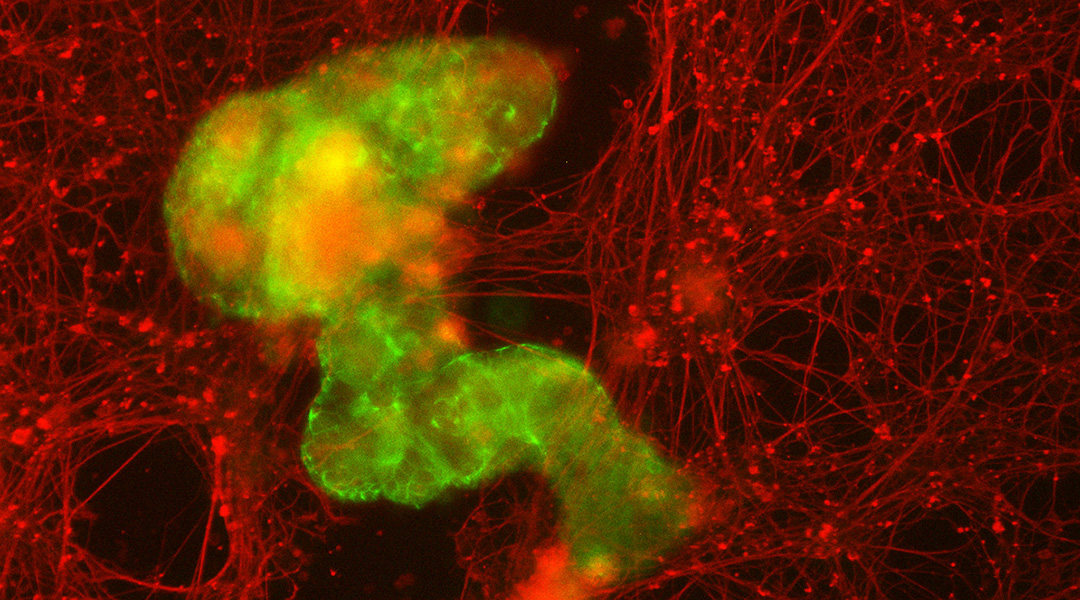
Living biobots come together to repair torn tissue
Microscopic robots made out of a patient’s own cells may be able to work inside the body to repair damage, scope out signs of disease, or fight off infections.

Nuances of intermittent fasting and its effect on healthy lifespan
A neuroscientist and intermittent fasting expert weighs in on the potential health benefits of this diet that may go beyond just weight loss.

How expectations influence symptoms of gluten sensitivity
The nocebo effect appears to play a role in gluten sensitivity, indicating the brain’s possible involvement in the condition.
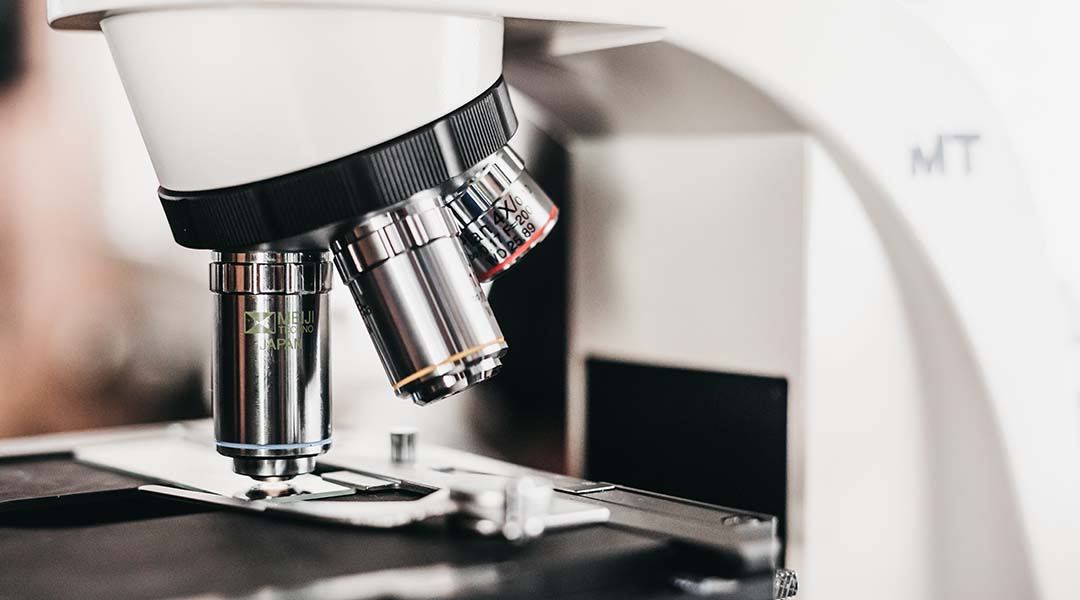
A simple tweak supercharges microscopes and allows pathogen observation
A modification to conventional microscopes pushes the limits of their resolution and enables high-precision observation of difficult-to-observe pathogens.
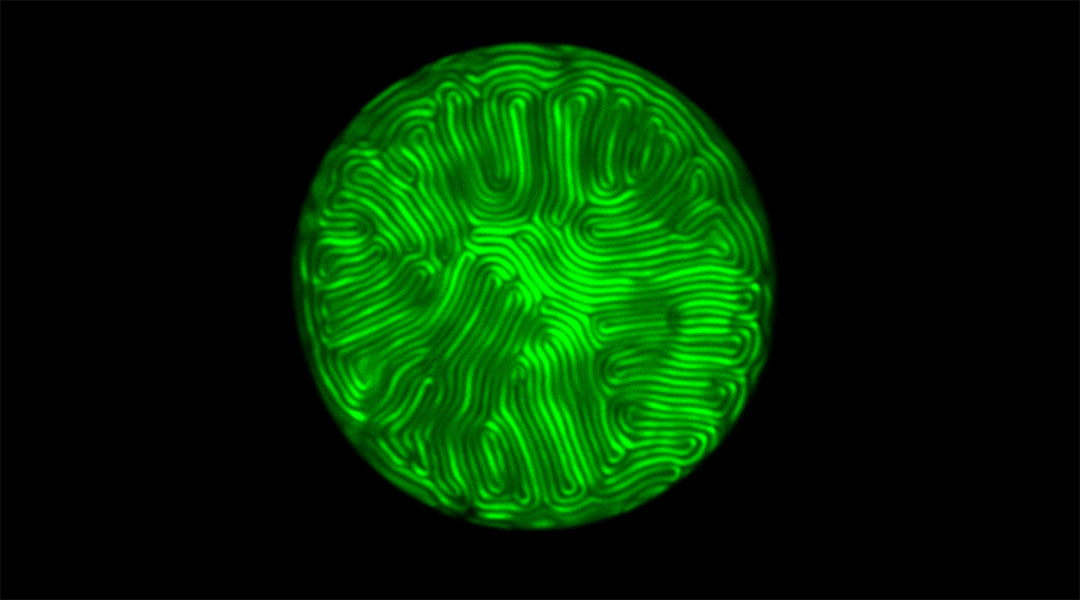
Artificial fingerprints could dramatically enhance biometric security
Liquid crystals that generate unclonable fingerprint-like patterns could make the sale of counterfeit goods and theft of personal data much more difficult.
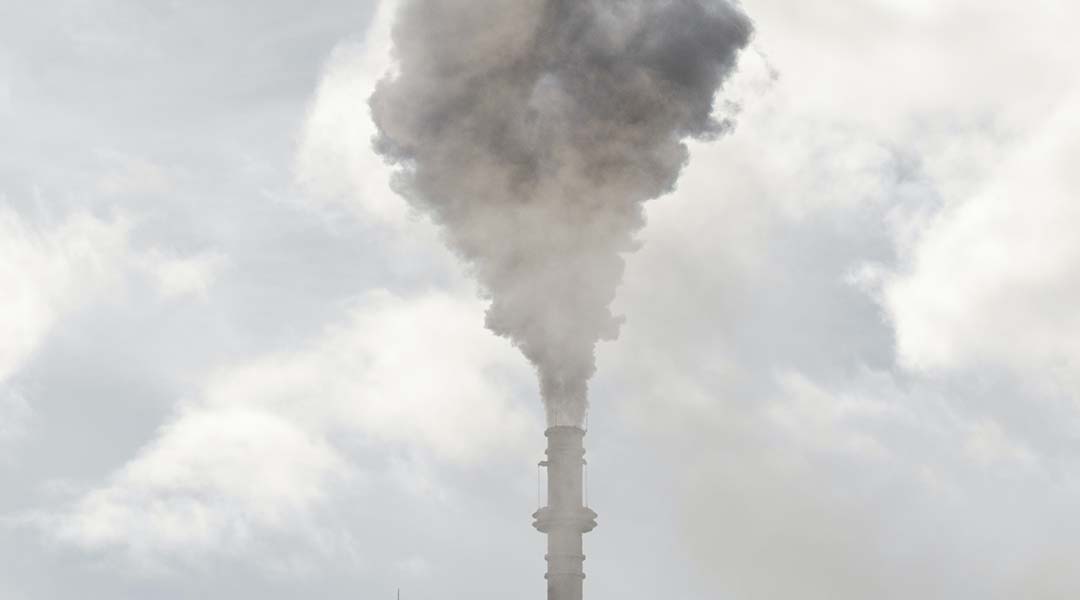
Carbon capture using biomass offers new hope in reducing emissions
A renewable, carbon-based absorbent is challenging MOFs in carbon capture technology, offering sustainable solutions for emissions reduction.

Spinning sound waves that move matter
Using a specialized design approach, scientists create acoustic waves that behave as twisted, ultrasonic motors capable of rotating particles in space.
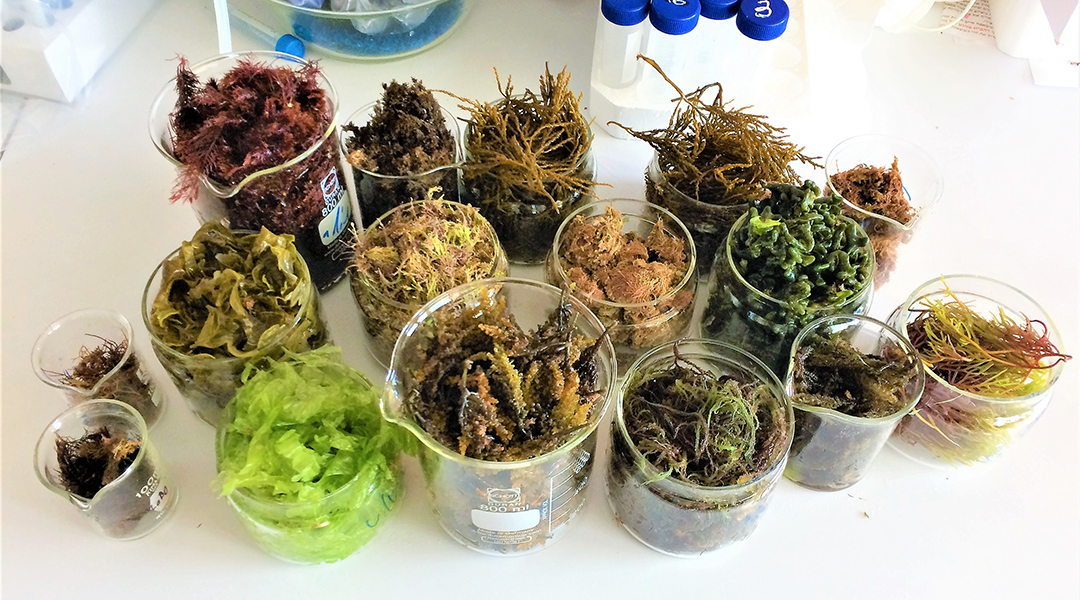
Super seaweed from sustainable aquaculture
A new cultivation method enhances the concentration of valuable compounds in seaweeds with substantial environmental benefits.

Beehive microbes hold the secrets to our cities’ health
The microbes in beehive debris vary widely between cities and neighborhoods, and could hold keys to assess the human populations’ health.
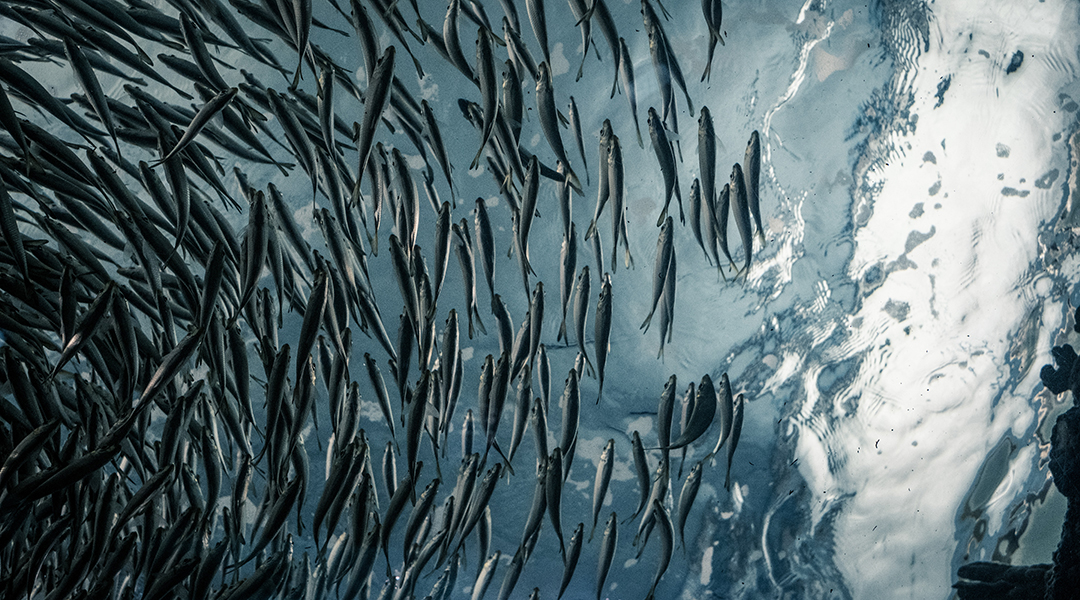
Fish assess misinformation to avoid overreaction
Fish adjust their sensitivity to the actions of others, such reacting to false alarms, to reduce the risk of responding to misinformation.

Blue-green algae bind rare earth elements
Biosorption could help in the recycling and reuse of rare earth elements.
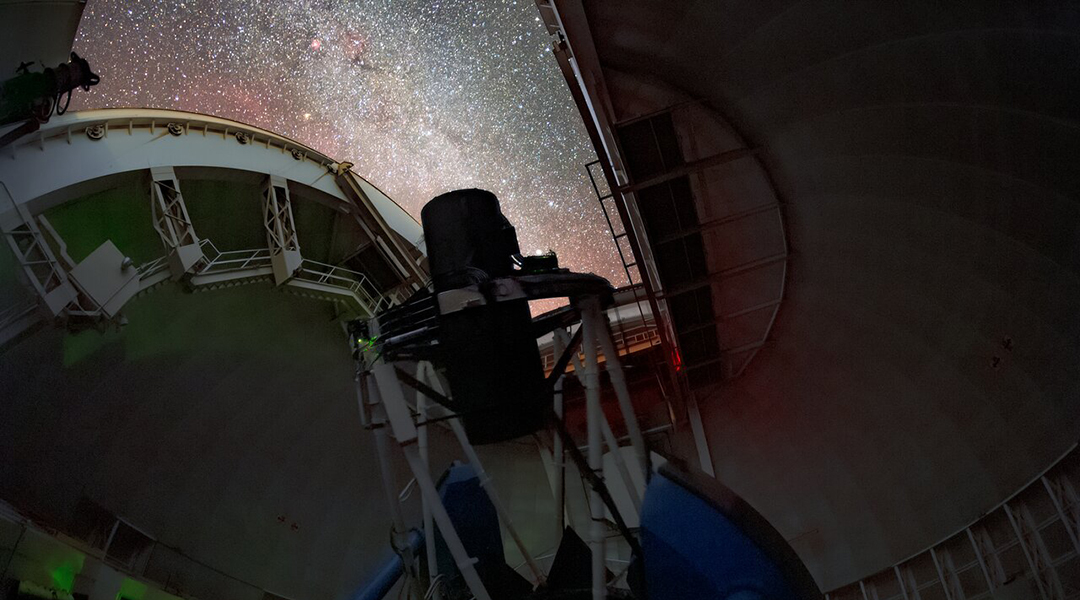
Dark energy telescope reveals early look at almost two million cosmic objects
Galaxies, quasars, and stars… oh my! Dark Energy Spectroscopic Instrument (DESI) first data is a small fraction of the huge cosmic survey it will conduct.
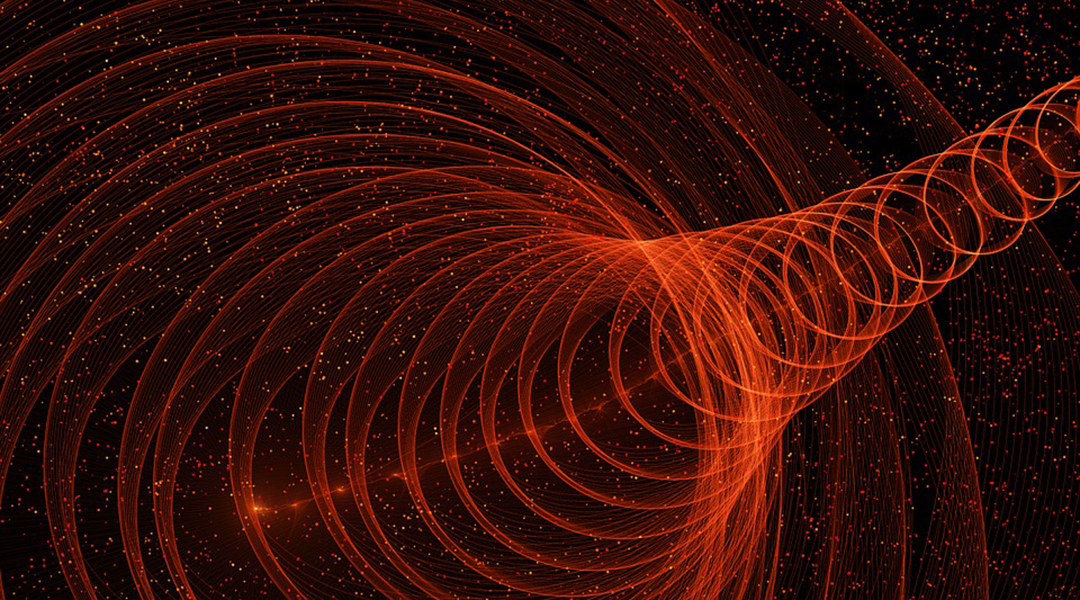
Atoms vs apples: How quantum effects challenge gravity’s rules
New research reveals that quantum effects defy the universality of free fall, providing a potential experimental pathway to test quantum gravity.
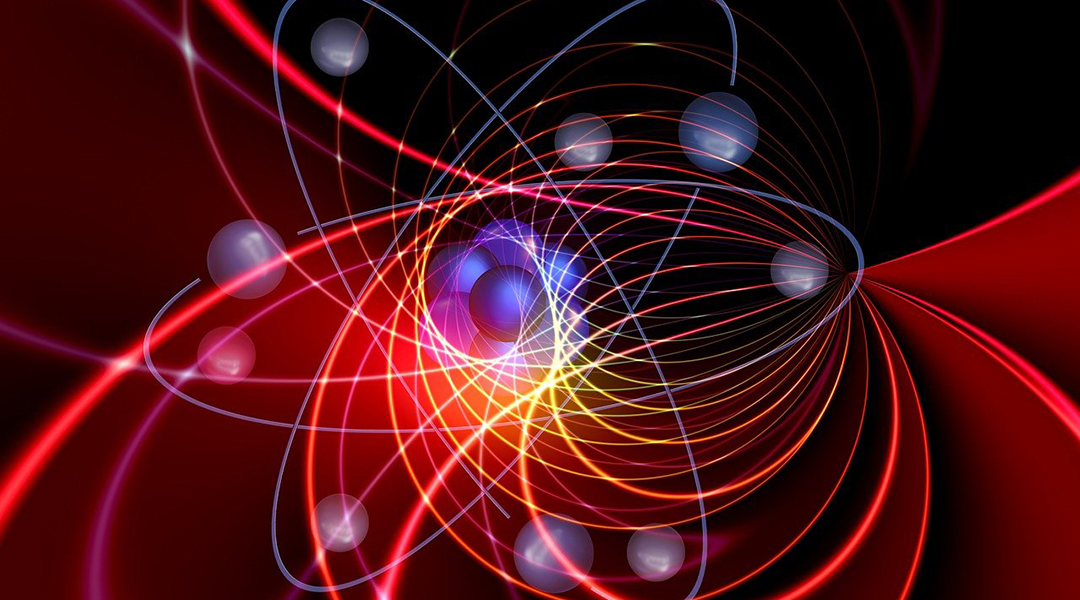
Scientists detect the X-ray signature of a single atom
A new technique can detect the X-ray signature of an individual atom, even determining the structure of its electron orbits.

Scientists achieve 100 million degrees Kelvin with new compact fusion reactor
The most compact nuclear fusion reactor built to date could provide a more affordable and sustainable means of future fusion energy.



